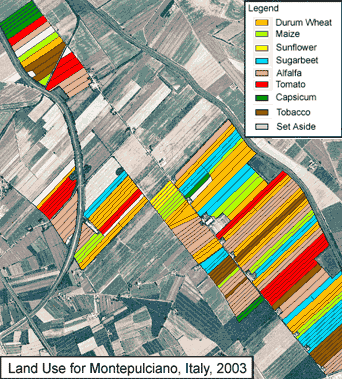Rationale
The focus of LADSS has changed in recent years from a tool which was designed to assist in the decision making processes of land managers to a much wider framework which engages stakeholder groups as part of an integrated assessment approach.
Why we built a land use planning DSS
Rural land managers were, and still are, faced with an increasingly complex decision making environment where production has to be achieved within narrowing environmental and social limits. Conflicting factors driving the decision making process such as global market pressures and environmental regulations make land use planning difficult. Using a DSS as part of this process to explore options provides the decision maker with a better understanding of the consequences of changes in land use and management.
An integrated assessment approach

While the previous approach provided an effective way of exploring the range of scenarios and a means of testing the consequences of possible management or policy interventions, the interpretation of the outputs was highly dependent on the point of view of the stakeholder.
An integrated assessment approach is now favoured which combines the DSS with deliberative processes involving stakeholders. The stakeholders are involved in the definition of the topics addressed and in debating the interpretations of the outcomes. The intention is that this will generate credible and relevant assessments of the issues surrounding farming-systems and address many of the limitations that have been previously identified in the use of computer-based tools for agricultural decision support.


